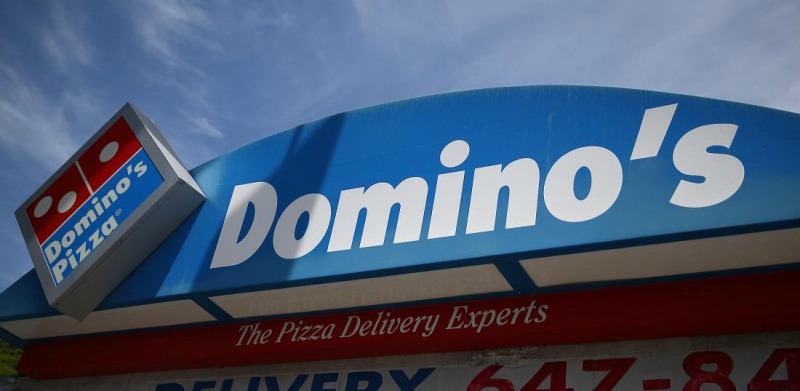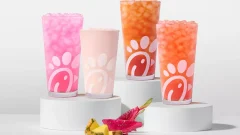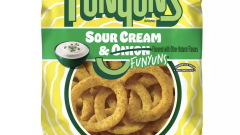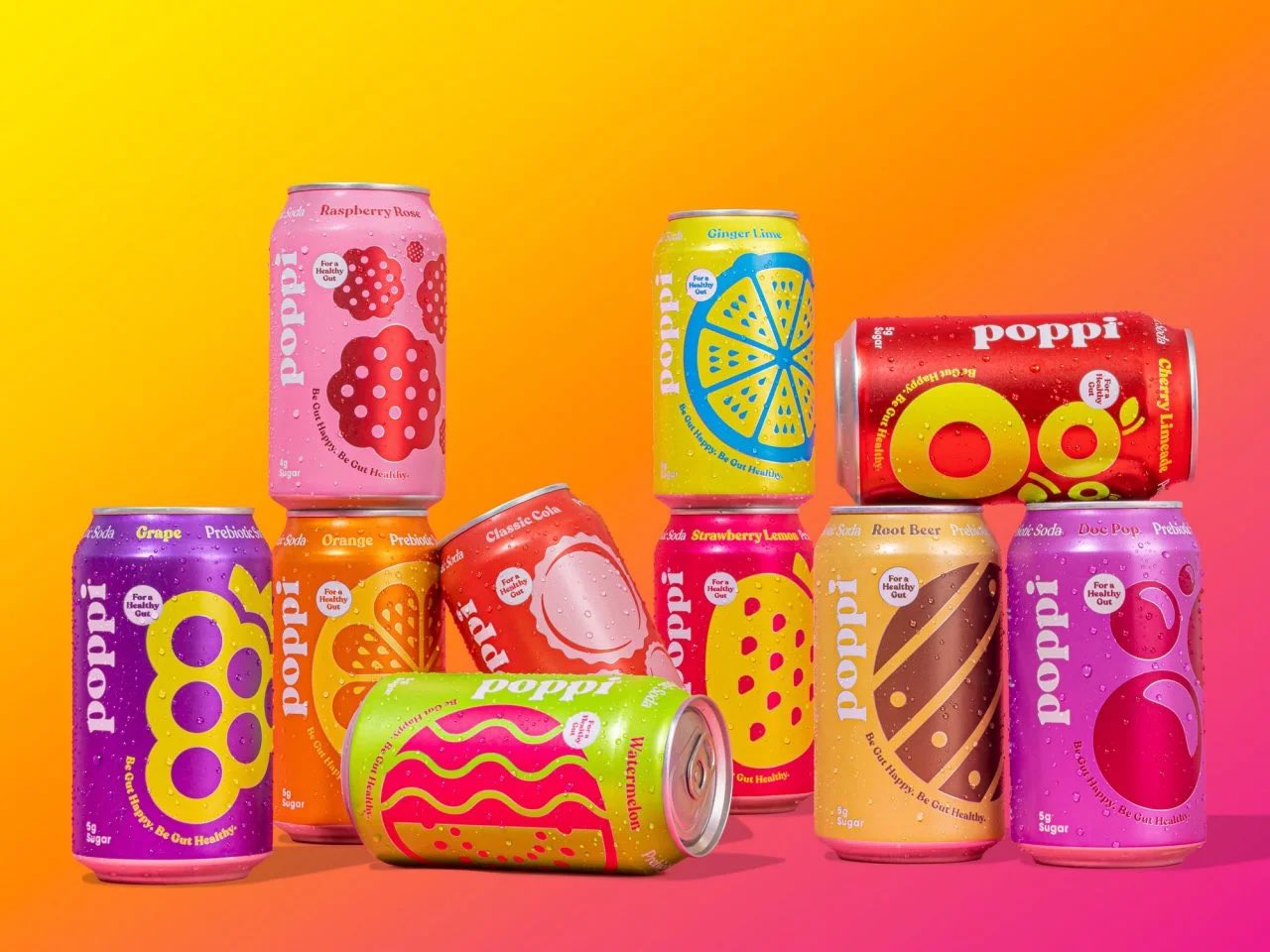Domino’s Shows Us That America Is Craving An All Digital Pizza Delivery Experience

It may not seem obvious, but Domino’s Pizza is quickly becoming the most powerful pizza company in America.
By focusing on a mobile application, digitally driven business model, Domino’s has rebranded itself as the most interactive, and tech-savvy pizza delivery service, by far, effectively shedding the substandard reputation it once carried.
None of this is by mistake, according to Domino’s CEO J. Patrick Doyle. In 2016, Domino’s stock price reached its highest price-per-share during its 12 year history as a publicly traded company, closing at $165.89 per-share on Oct. 25, according to NASDAQ. That’s an increase of almost $60 per-share year-to-date.

So, is Domino’s looking for all-out pizza industry domination?
Not quite, as it’s more so what the corporate pizza delivery competition is lacking, that is making this playing field so uneven.
“Domino’s [Pizza] is over 50 percent digital at this point.” — J. Patrick Doyle, CEO, Domino’s Pizza
In an interview with Bloomberg TV, Doyle explained that Domino’s wants to eliminate any space between their pizza and the customers’ grasp, and have been doing so in the most efficient and non-intrusive way possible — by letting the user control the experience.
“The message to our customers is ‘wherever you are, you’re going to be able to order and we’re going to make it simple and easy for you,'” Doyle said.
In terms of pizza delivery options, Pizza Hut, Domino’s, and Papa John’s have always stood out as the Big Three. However, Domino’s has quickly corralled the competition by providing customers a seemingly endless reach when it comes to ordering pizza. Today, food delivery is a haute ticket and people understand — and accept — the simplicity and convenience of this nuanced application-based method of food consumption.
Apps like GrubHub, DoorDash, Postmates, and UberEATS are only a few of the dozens of food delivery apps just waiting for an index finger to guide food into the mouth of paying customers. It’s been as easy as spoon feeding a child.
Domino’s now gives customers at least nine different ways to order a pizza. Nine. An order can be placed by tweet, Facebook Messenger, text, even by using your voice, and there’s an Apple Watch app available. There’s probably even more on the horizon.
In 2015, Domino’s changed the game by introducing an emoji-based pizza ordering system. By simply creating an “Easy Order” profile, users can literally send a pizza emoji and get pizza. While there is a bit of legwork in order to get the pizza emoji to send you pizza each time, that’s as simple as it gets.

On the other hand, Papa John’s and Pizza Hut are still relying on their desktop sites to bring it digitally-based sales. To be fair, Papa John’s does offer an Apple TV app, but America never really caught on to Apple’s web-based programming.
Pizza Hut’s mobile app is just an extension of the desktop version, and as society relies more heavily on smartphones and mobile applications, even the desktop computer has become a secondary resource. Pizza Hut also faces a disadvantage of being caged under the umbrella of Yum! Brands, which seems to be more concentrated as a whole on fast-food, leaving Pizza Hut trapped in a corporate sandwich of Kentucky Fried Chicken and Taco Bell.
With our lives becoming more entwined with technology, we are seeing a trend developing. As industry leading companies fail to adapt to the changing digital landscape, we see how quickly those who are adapting find success — Domino’s Pizza is a perfect example.
As Domino’s continues to set the standard for a digital-first business model, how soon will the world see the first completely virtual restaurant?






















